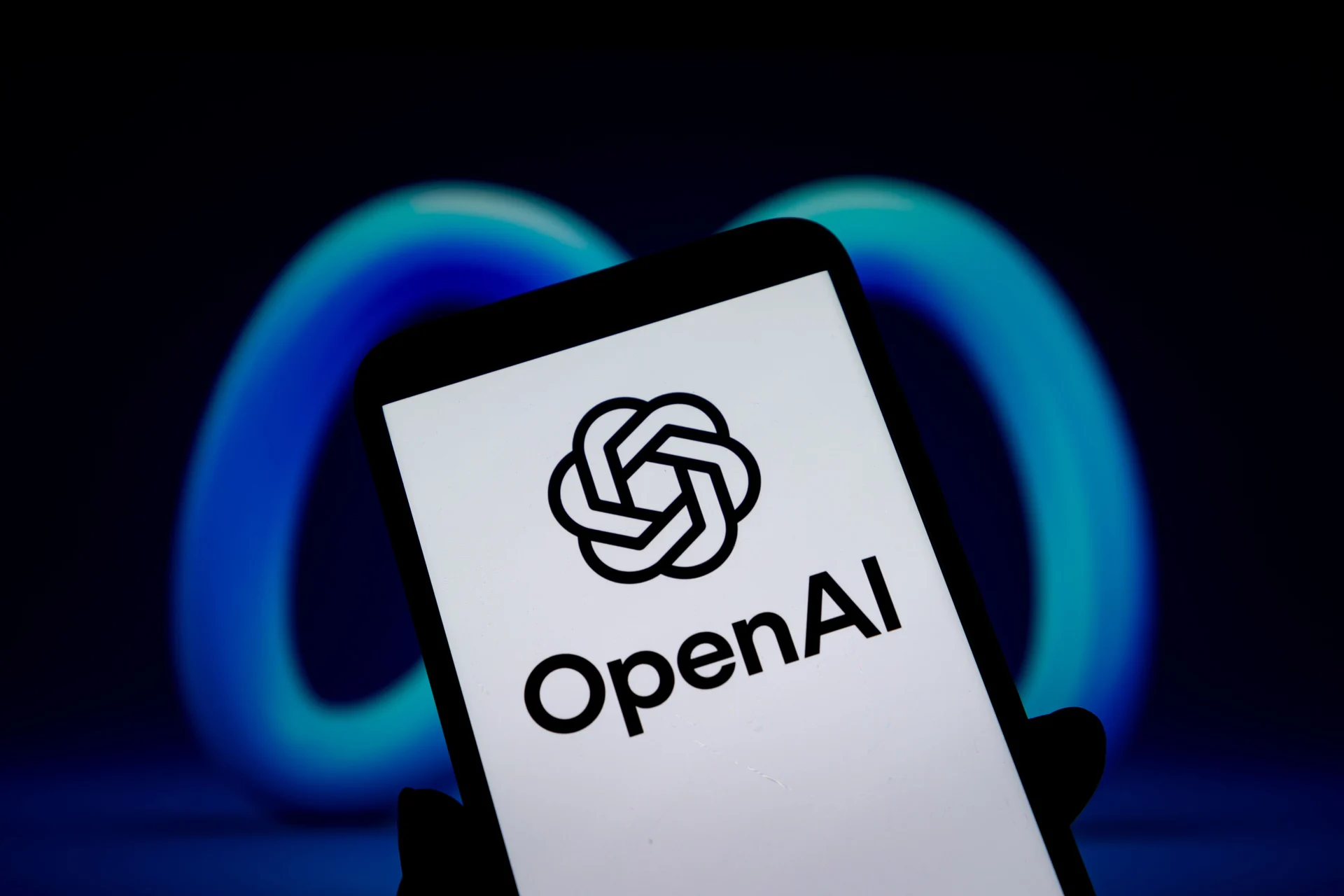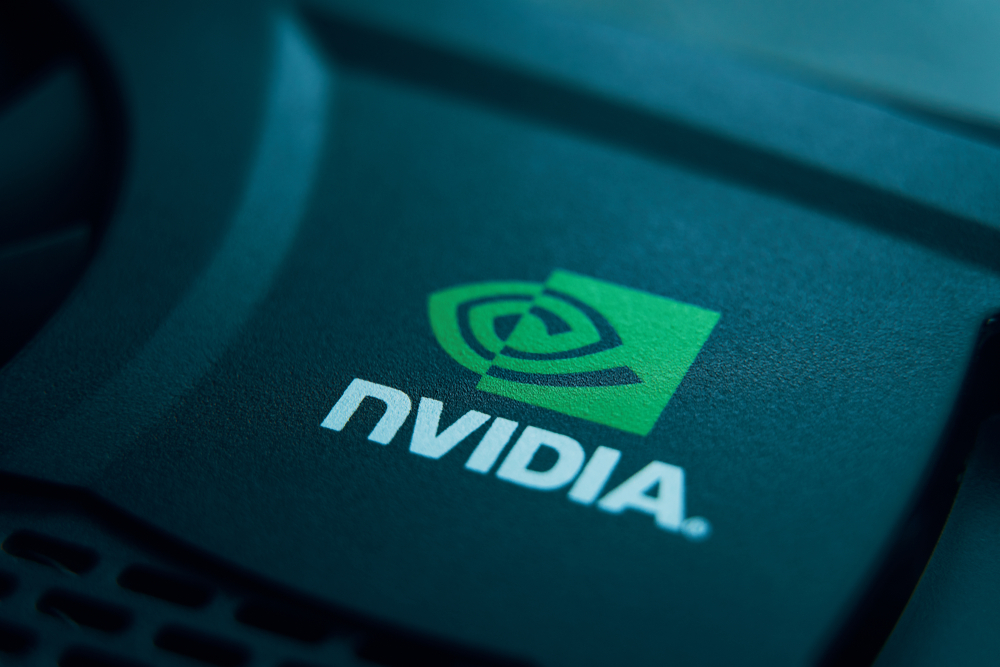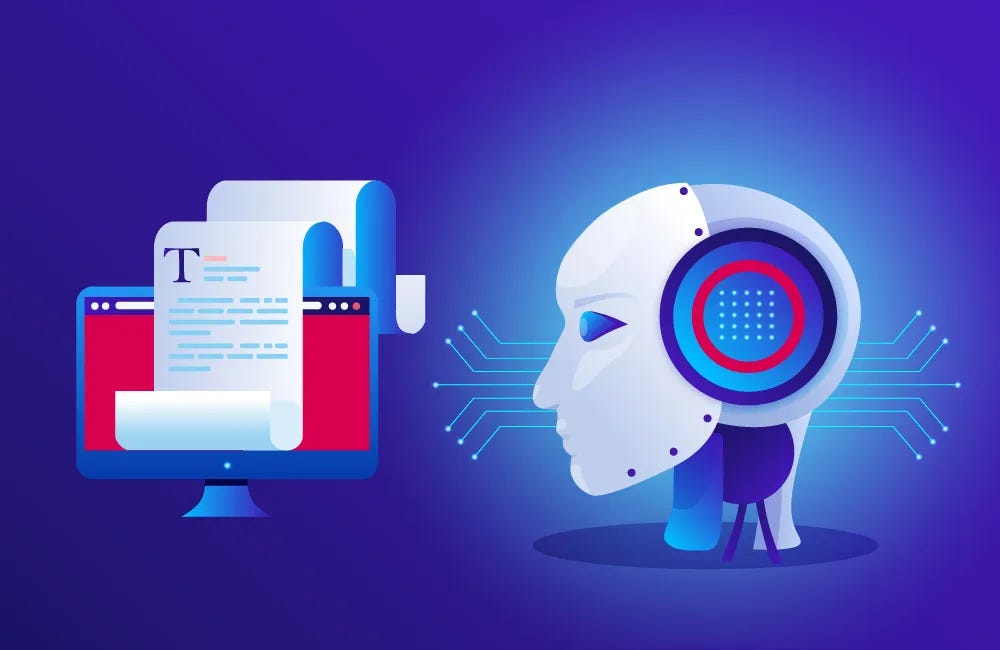Let’s talk about money. Specifically, the kind of money that makes your head spin a little. OpenAI just announced they’re planning to drop a casual $100 billion on backup servers over the next five years. Yes, you read that right. That’s billion with a “B.”
The Numbers Are Absolutely Wild
Here’s the thing that really gets me: this $100 billion isn’t even their main computing budget. This investment is in addition to the already projected $350 billion that OpenAI plans to spend on cloud provider server rentals through 2030. We’re talking about nearly half a trillion dollars in total computing costs.
To put that in perspective, that’s more than the GDP of most countries. It’s like saying “Hey, we need some extra computers… just in case.”
Why Backup Servers Matter (And Why They’re Expensive)
Remember when ChatGPT launched those cool photo-to-animation features back in March? A spike in usage forced the company to put temporary limits on the features because their servers couldn’t handle the demand. And this wasn’t a one-time thing – it’s happened before.
This is the AI equivalent of a restaurant running out of tables during the dinner rush, except the “dinner rush” can happen globally and simultaneously when millions of people suddenly want to try the latest AI feature.
The backup servers are essentially OpenAI’s insurance policy against viral moments. When everyone and their grandmother wants to try the newest ChatGPT feature at exactly the same time, they need enough computing power sitting idle and ready to handle that surge.
The Real Story Behind the Spending
What fascinates me about this announcement is what it reveals about where AI is heading. Including the backup servers, OpenAI plans to spend about $85 billion a year on server rentals over the next five years, on average. That’s not the spending pattern of a company that thinks AI adoption is going to plateau anytime soon.
This is the spending pattern of a company that believes we’re still in the early innings of an AI revolution. They’re essentially betting that demand for AI services is going to explode so dramatically that they need to prepare for usage spikes that would break today’s infrastructure.
What This Means for the Rest of Us
For consumers, this massive investment should theoretically mean fewer of those frustrating “ChatGPT is at capacity” messages. Nobody likes being put in a digital waiting room when they’re trying to get work done.
But there’s a bigger picture here. This level of infrastructure investment suggests that AI capabilities we can barely imagine today are going to become as commonplace as checking email. OpenAI isn’t just preparing for more users – they’re preparing for AI to become as essential as electricity.
The Ripple Effects
This spending spree isn’t happening in a vacuum. Cloud providers like Amazon, Microsoft, and Google are probably doing happy dances in their boardrooms right now. The entire AI infrastructure ecosystem – from chip manufacturers to data center operators – is about to see unprecedented demand.
It’s also worth noting that this kind of capital requirement creates a massive barrier to entry. Not many companies can casually allocate $100 billion for backup capacity. This could accelerate the concentration of AI power among a few well-funded players.
The Bottom Line
OpenAI’s $100 billion backup server investment is more than just a big number – it’s a statement of intent. They’re not just building for today’s users; they’re building for a future where AI is so integral to daily life that any downtime would be unacceptable.
Whether this massive bet pays off depends on whether their vision of AI adoption materializes. But one thing is certain: they’re putting their money where their mouth is, and that tells us something important about where they think this technology is headed.
The question isn’t whether AI will become more prevalent – with this kind of infrastructure investment, that seems like a given. The question is whether we’re ready for a world where AI is as reliable and always-available as the internet itself.
What do you think? Is OpenAI’s massive infrastructure bet justified, or are they overestimating how quickly AI will become essential to our daily lives? The next five years will tell us whether this $100 billion gamble was genius or folly.

With over 6 years of experience in the blogging world, I specialize in crafting engaging, informative, and SEO-optimized content across various niches including tech, digital trends, and online monetization. I thrive on staying ahead of industry trends, experimenting with new content strategies, and helping others grow their digital presence.



